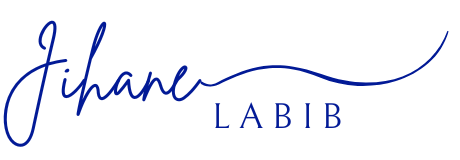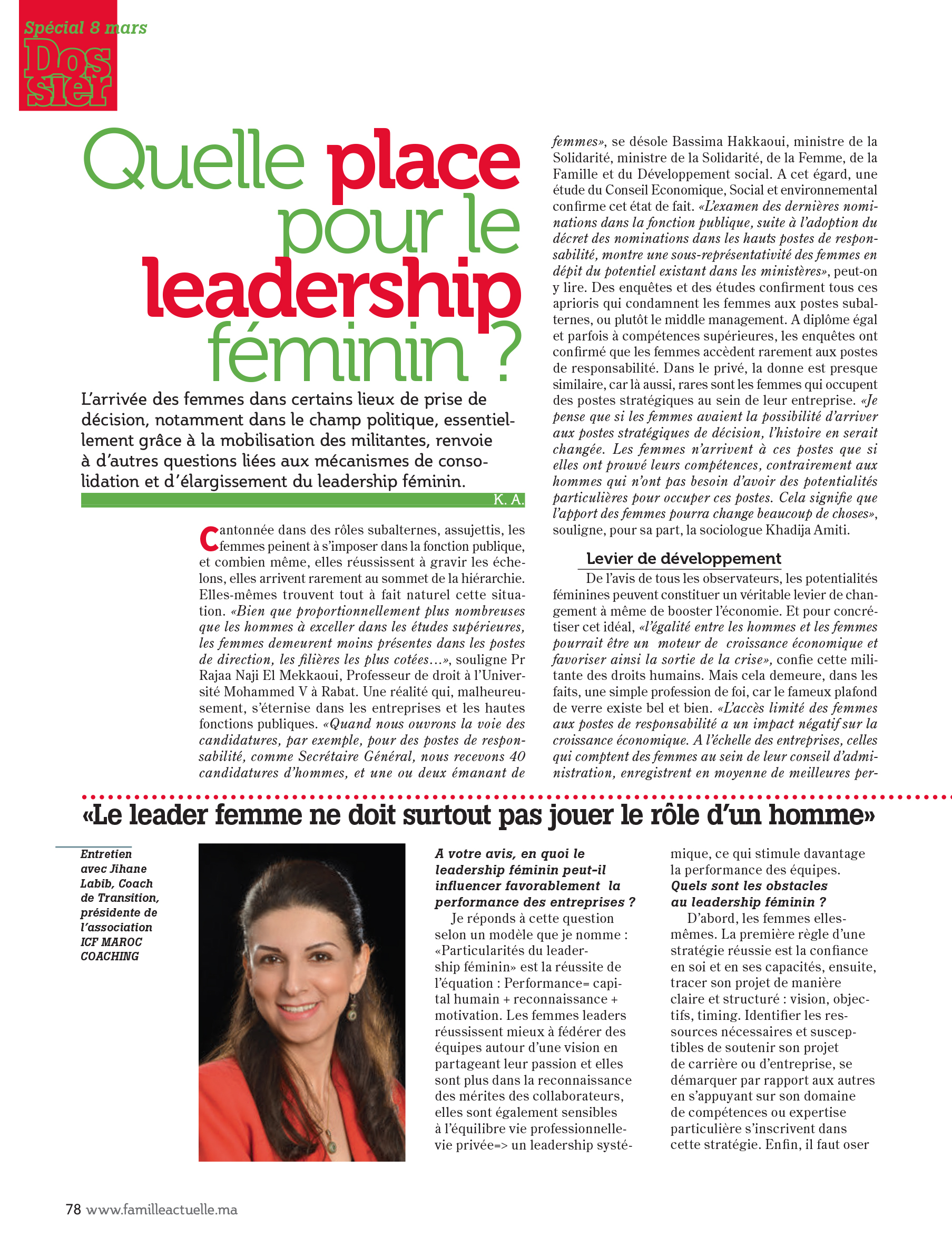1) Are there differences between femaleleadership and male leadership?
Before diving into differences, let’s clarifywhat leadership is and what makes someone a leader.
A leader—whether a woman or a man—is avisionary who gives meaning to actions, whether leading them personally orinspiring others to act. A leader is someone capable of influencing,mobilizing, and motivating their teams toward the successful completion of sharedgoals.
A leader is perceived by their community as:
- Competent
- Credible
- Courageous
This definition applies equally to womenand men.
What differentiates them, in my view and basedon my professional experience in national and multinational corporations andthe nonprofit world, is that women tend to rely more deeply on theirintuition and emotional intelligence than men.
The women leaders I’ve worked with haveshown the following traits more consistently and intensely than their malecounterparts:
Passion, perseverance, humility, patience, endurance, and efficiency.
They manage to drive significant changewith more delicacy and a stronger focus on human capital.
2) How has the concept of leadership evolved —and what female leaders inspire you?
Leadership hasevolved significantly over time. Throughout history, we find powerful femalefigures known for their:
- Wisdom
- Intelligence
- Strength
- Innovation
- Beauty
- Intellectual impact
Whether in religion, science (e.g. MarieCurie-Sklodowska), politics (e.g. Hypatia of Alexandria, abrilliant mathematician and philosopher), civil rights (e.g. RosaParks), or military leadership (e.g. Cleopatra VII, Al-Kahina)—womenhave shaped history.
A modern icon of female leadership is OprahWinfrey.
In Morocco, many inspiring women standout as role models: ministers, athletes, CEOs, journalists, activists, doctors,teachers, lawyers, and more.
They represent the richness and strength of Moroccan female leadership.
To one woman in particular—I extend myadmiration and gratitude for all she has contributed to the development ofour country and the well-being of future generations, despitelimited resources.
3) In your opinion, how can female leadershippositively impact business performance?
I answer this through a model I call:
“The Success Equation of Female Leadership”
Performance = Human Capital + Recognition + Motivation
Women leaders excel at bringing teamstogether around a shared vision, driven by passion and the recognitionof others’ contributions.
They are also more attentive to work-lifebalance, leading to a systemic leadership style that boosts teamperformance.
4) What are the obstacles to female leadership,and what strategies can overcome them?
To be honest, one of the first obstacles isoften women themselves!
Here’s what I recommend:
- Self-confidence is the foundation of a successful strategy.
- Design a clear and structured plan: vision, goals, timeline.
- Identify the necessary resources that will support your career or business.
- Differentiate yourself by highlighting your expertise or niche skill.
- Dare to take action, while respecting your timeframe, available resources, and personal/professional environment.
Obstacles can exist anywhere. What trulymatters is how the individual perceives them and the choices she makes:
Are they opportunities to adjust course, or barriers that stopmomentum?
Leadership is a mindset—a positive, winning philosophy. A leader believes in her dreams,communicates her vision, and rallies others to bring it to life.She stays the course, whether it takes one year, three, or ten.
➡️The key: Stay focused.
5) What are the keys to asserting oneself infemale management?
First, always remember: a female leader is awoman. She must not try to imitate a man, adopt his posture, ormimic his behaviors.
In the field, I’ve observed that team membersexpect a female leader to:
- Bring calm and composure to the workplace
- Stay the course
- Manage her stress gracefully
- Share positive energy
- Respect diversity and the unique strengths of each person
- Remain deeply human while remaining performance-driven
6) As a coach, what type of support do youoffer to help identify leadership potential and enhance decision-making skills?
There are many ways to identify leadershippotential and styles:
- Personal and professional life experiences
- Educational and extracurricular background
- Personality and behavioral tests
- Skills and leadership assessments
Thecoaching journey always depends on the individual’s personal goals andcurrent needs.


